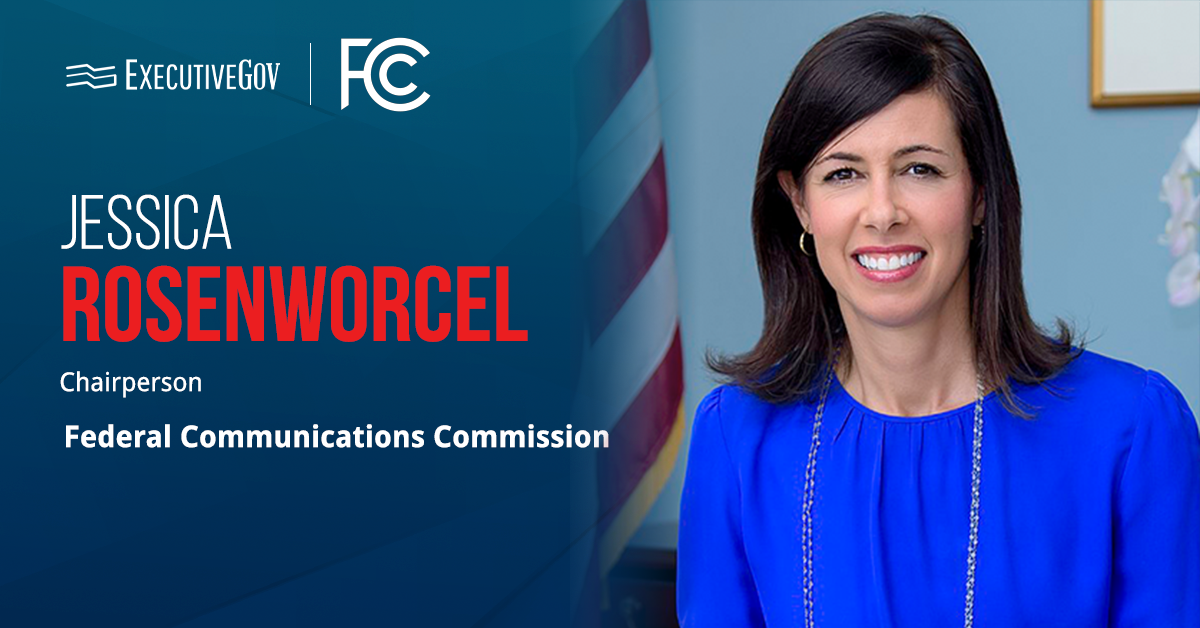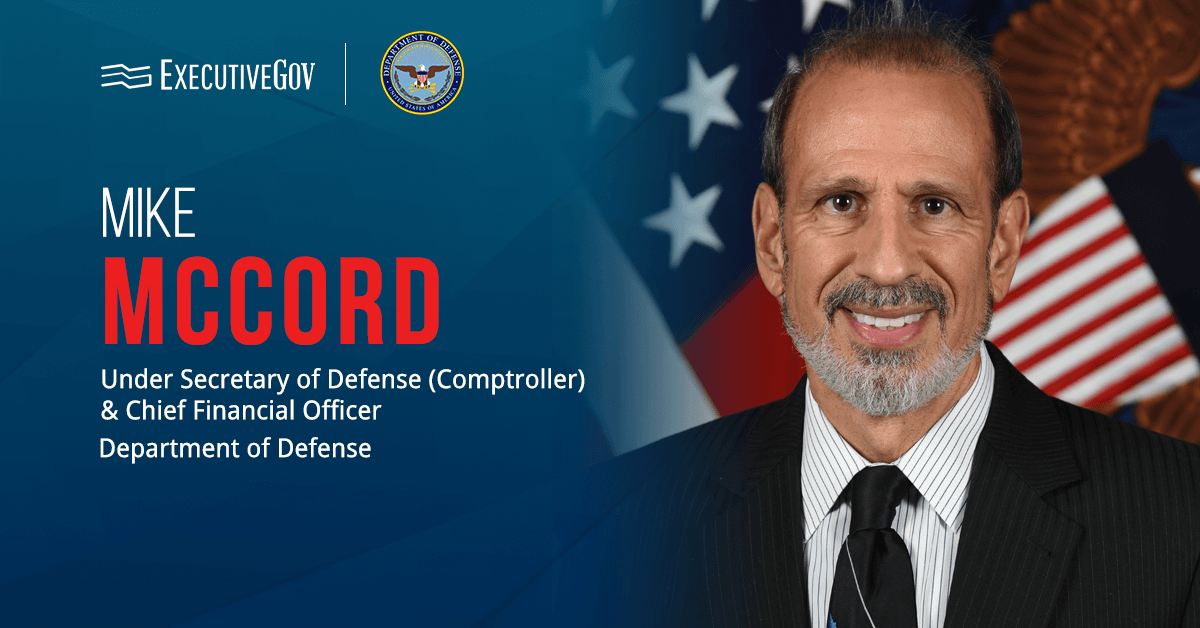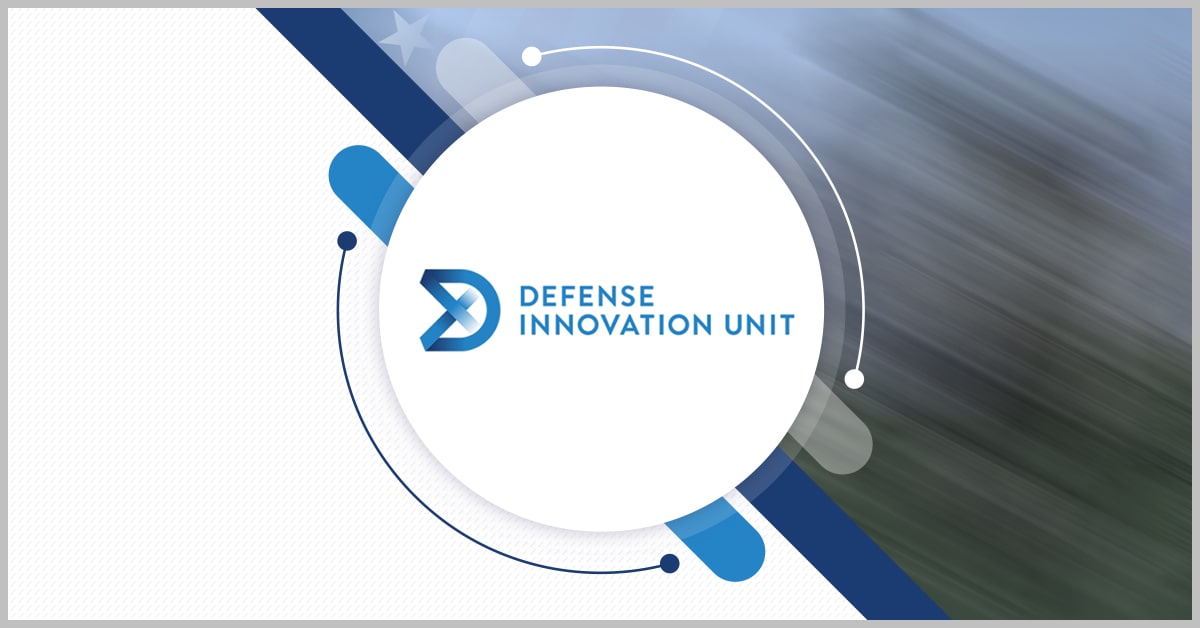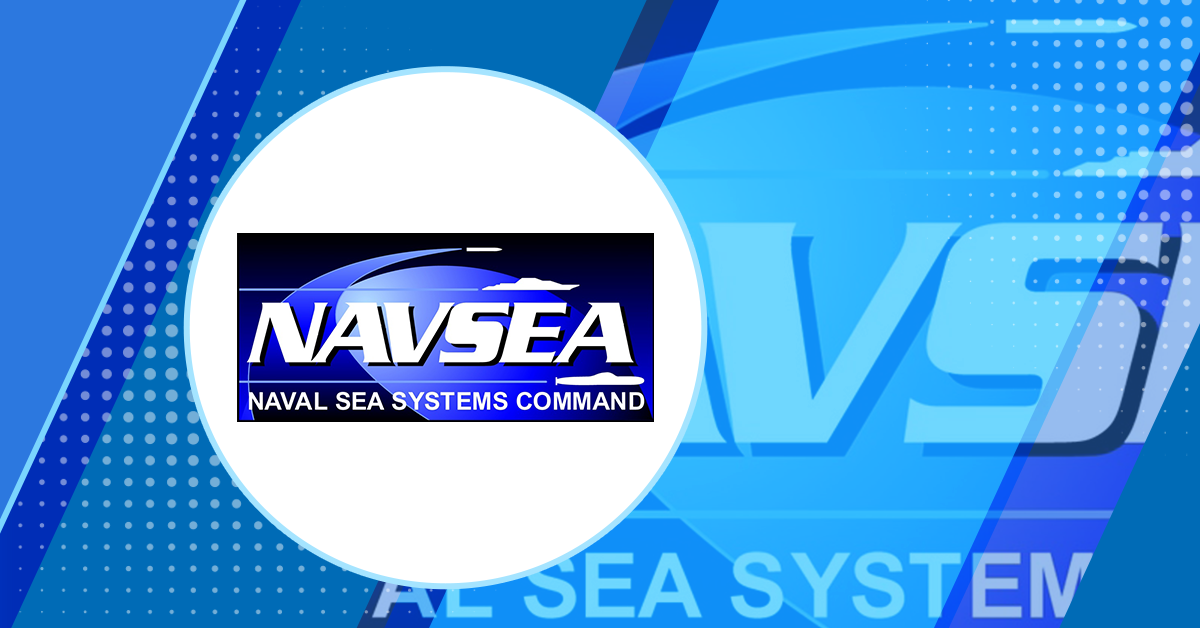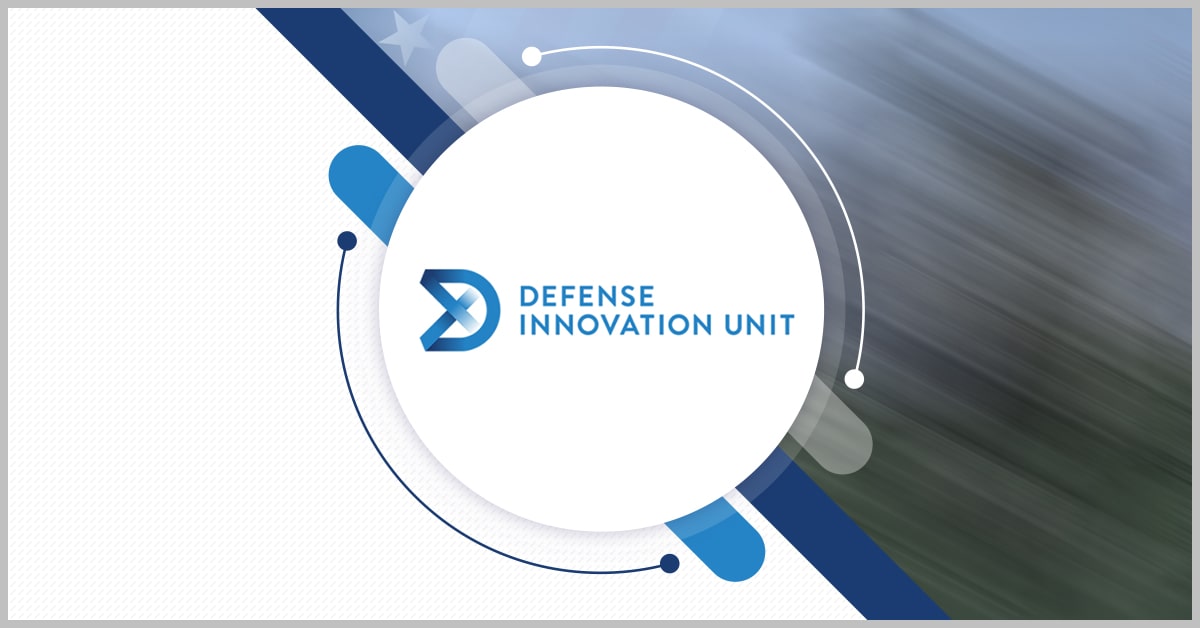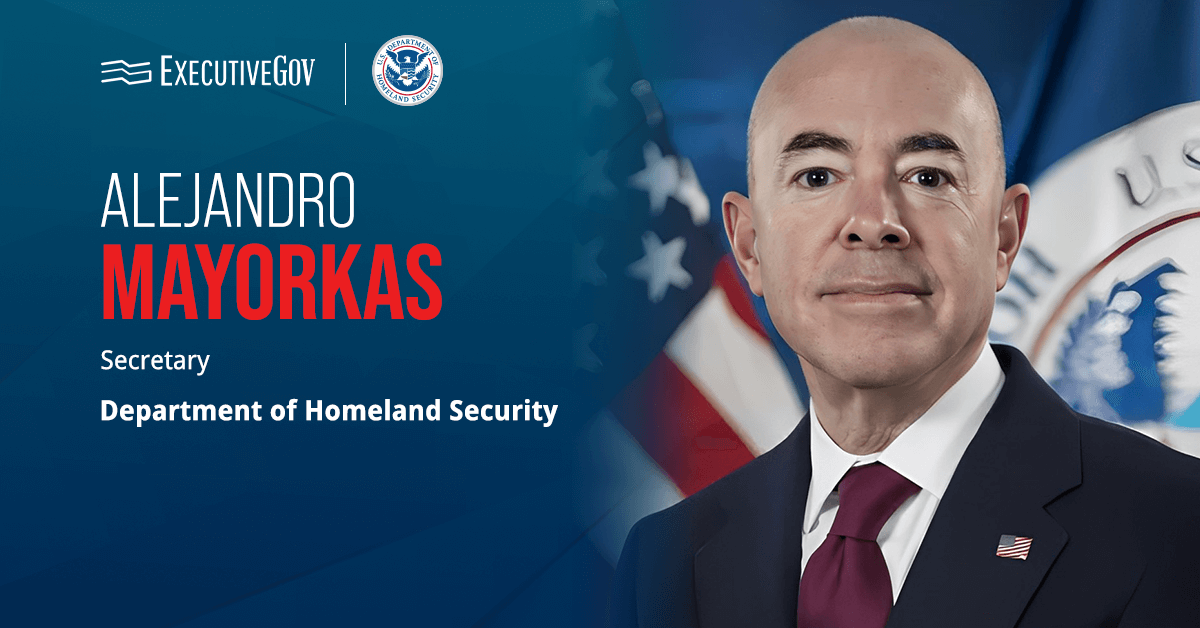The Federal Communications Commission has revised its satellite spectrum-sharing rules to promote market entry, regulatory certainty and spectrum efficiency.
According to the FCC’s report and order released on Friday, the revision clarifies spectrum-sharing between non-geostationary satellite orbit, fixed-satellite service, or NGSO FSS, systems licensed in different processing rounds, with primary spectrum access granted to systems approved earlier. New entrants, meanwhile, are provided an established, cooperative spectrum-sharing structure allowing them to participate in the space industry.
FCC Chairwoman Jessica Rosenworcel said the satellite spectrum sharing rules update “allows first movers to enjoy the advantage they’ve earned by daring to think big and take on risk, while also opening our skies to more competition.”
Satellite Spectrum Interference Protection
The new rules adopt a 3 percent time-weighted average throughput degradation as a long-term interference protection criterion and a 0.4 percent absolute increase in link unavailability as a short-term interference protection criterion.
While Amazon’s Kuiper, Viasat, Telesat, Intelsat and SpaceX agreed to the long-term interference protection criterion, OneWeb opposed it and submitted a petition for reconsideration, which the FCC denied.
The agency also declined to adopt additional protection metrics or an aggregate limit on interference from later-round NGSO FSS systems into earlier-round systems.


